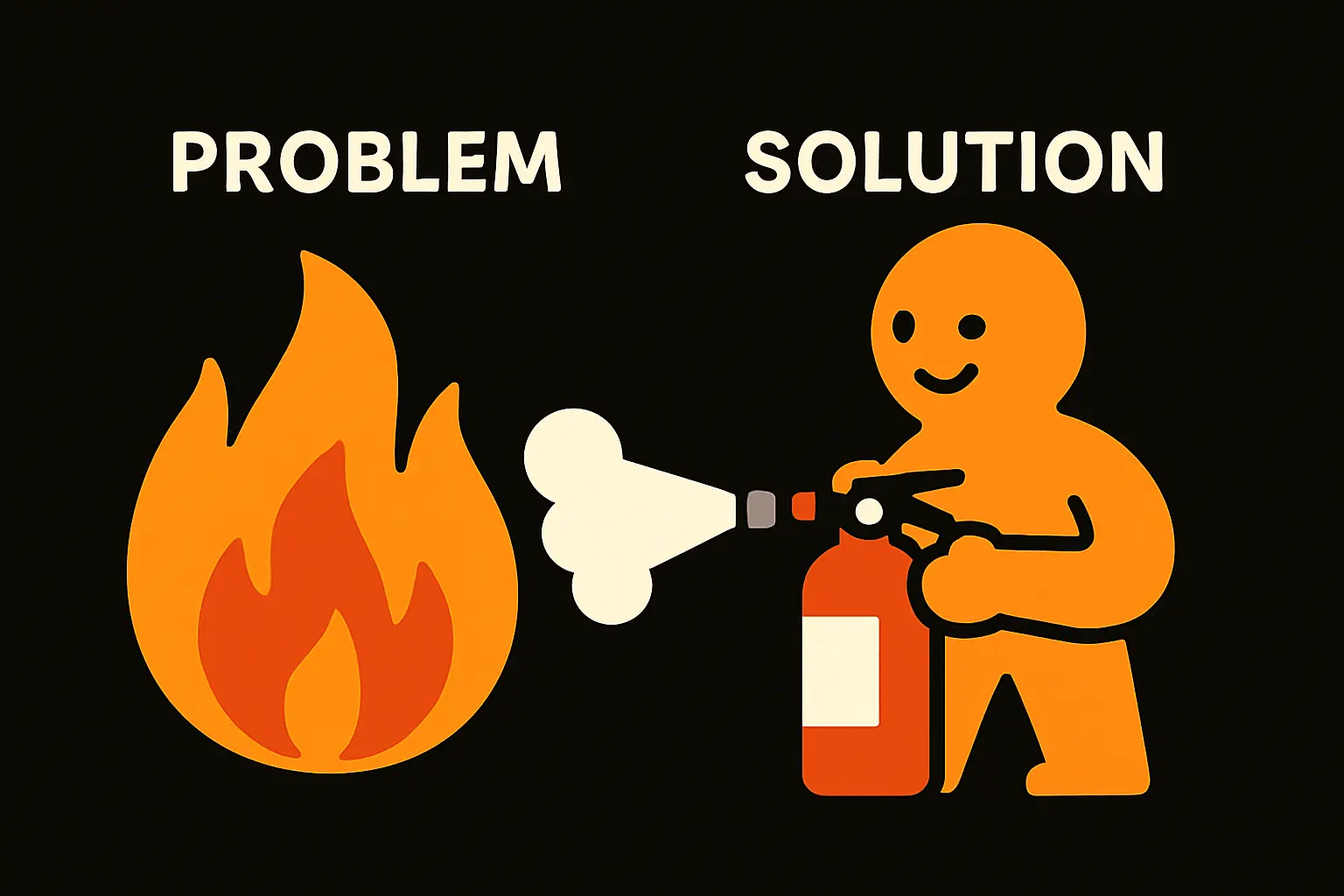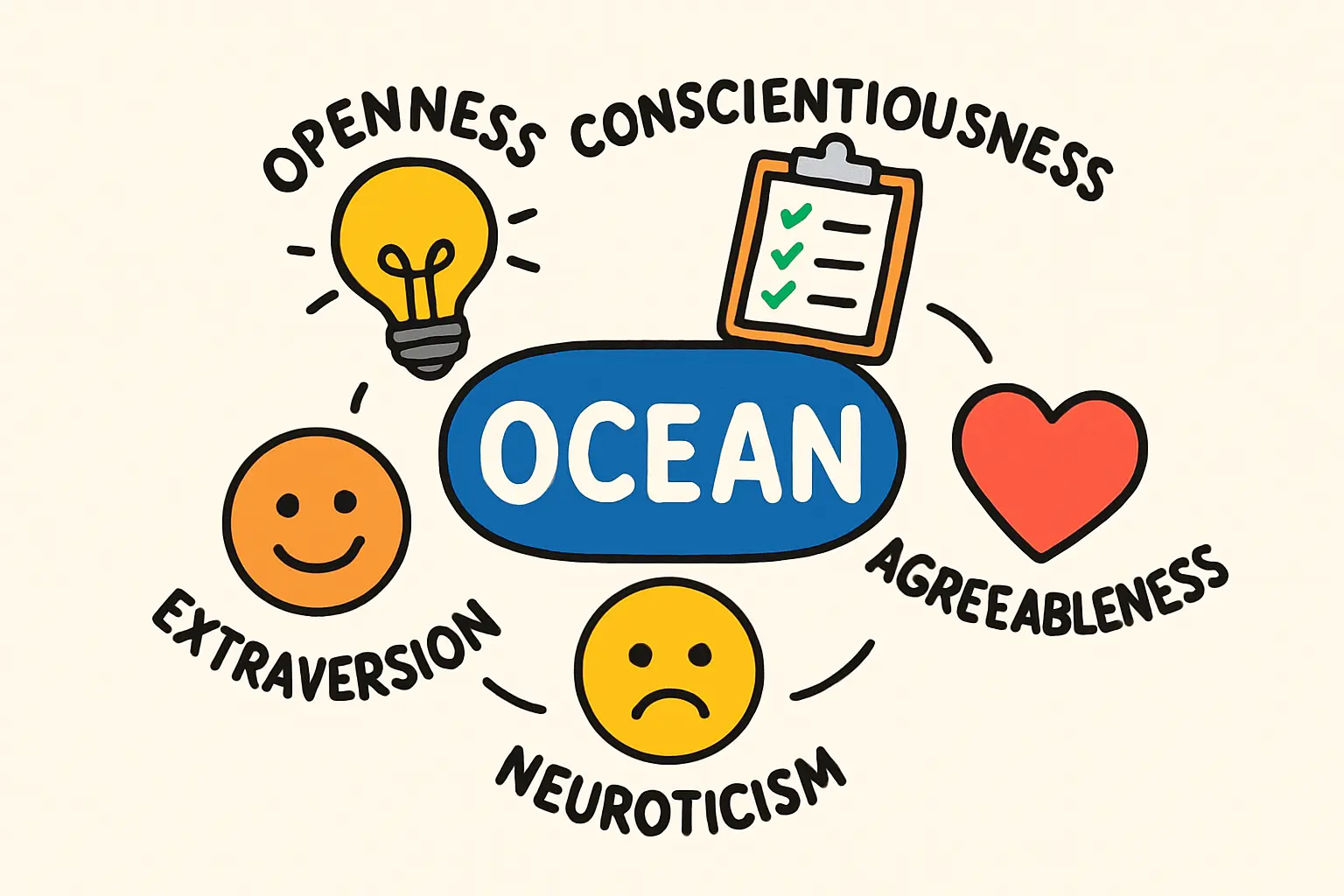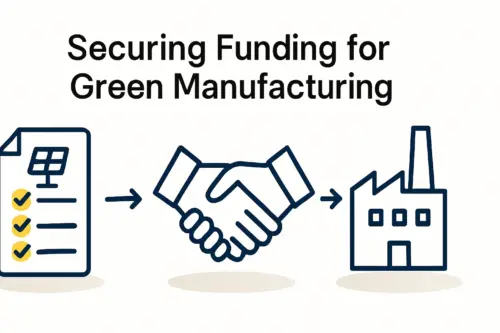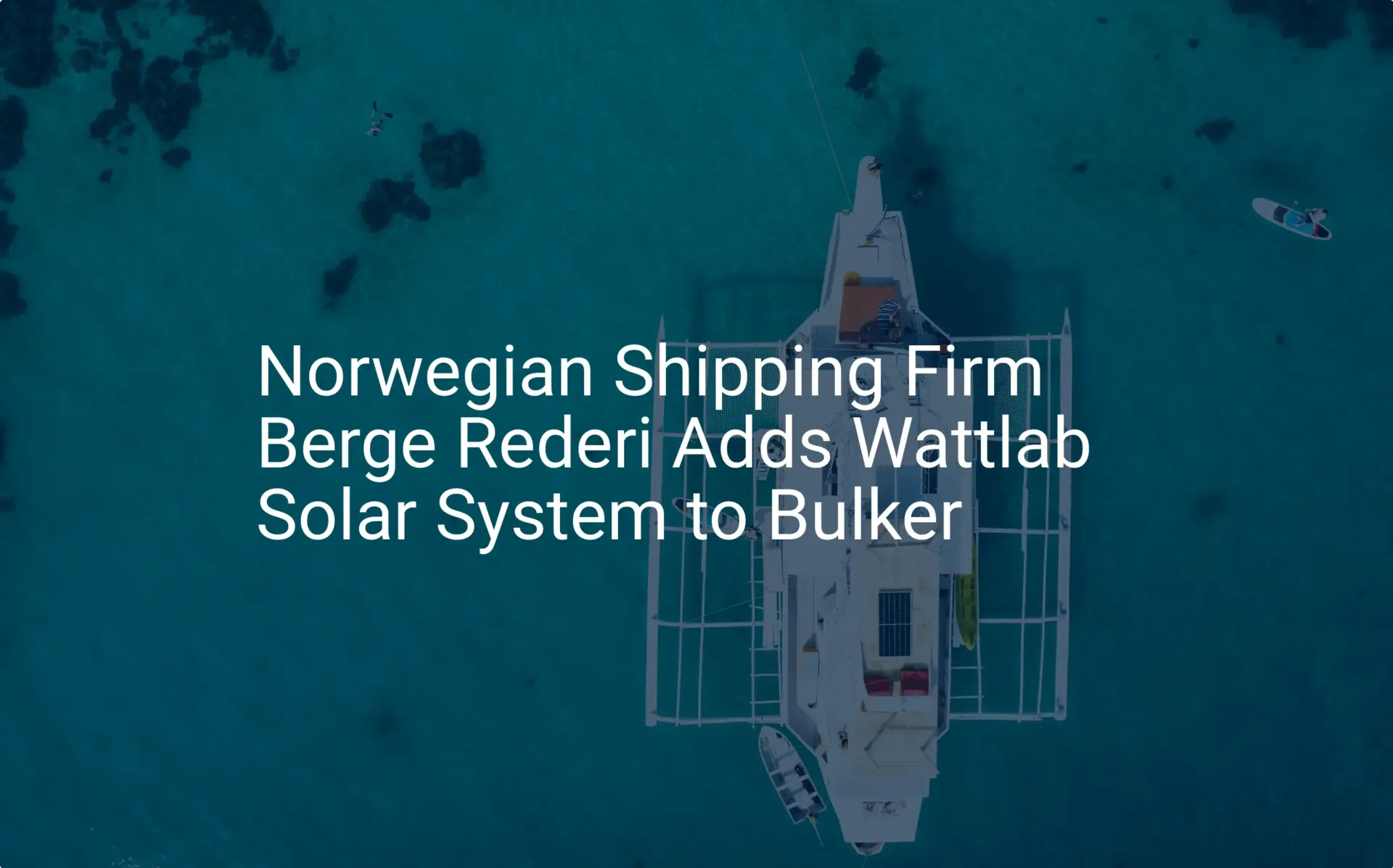Norway presents a unique paradox in the European energy landscape. It has the continent’s highest per capita electricity consumption at approximately 23,000 kWh, yet over 98% of this demand is met by an extensive hydropower network.
While this abundance of clean energy might suggest a mature market, a significant opportunity exists for entrepreneurs in a specialized segment of the solar industry: localized, high-durability module manufacturing. The country’s complex geography of long coastlines, remote fjords, and island communities creates distinct energy challenges, particularly for its world-leading aquaculture and maritime sectors.
These industries, vital to the Norwegian economy, often operate in off-grid locations where reliable, autonomous power is a necessity, not a luxury. For professionals looking to enter the renewable energy space, this demand for specialized solar solutions is a compelling, high-value niche market.
The Challenge: Why Standard Solar Modules Fail in Maritime Environments
The primary power source for many remote fish farms and vessels is the diesel generator—a costly, carbon-intensive solution that requires constant refueling and maintenance. Although solar power is an obvious alternative, simply installing standard photovoltaic modules is a strategy doomed to fail. The Norwegian coastal environment poses severe technical challenges that conventional panels are not built to withstand.
The Corrosive Effect of Salt Mist
The air along Norway’s coast is saturated with salt mist, a highly corrosive agent that aggressively attacks standard solar module components. This constant exposure leads to:
-
Frame Degradation: Anodized aluminum frames, common in standard modules, can quickly show signs of pitting and corrosion, compromising their structural integrity.
-
Junction Box and Connector Failure: Saline moisture can penetrate poorly sealed junction boxes and electrical connectors, causing short circuits, power loss, and significant safety hazards.
-
Delamination: Over time, moisture ingress can cause the layers of a module to separate—a process known as delamination—which permanently damages the solar cells within.
Entrepreneurs considering this market must recognize that resistance to salt mist isn’t an optional feature; it is the fundamental requirement for a viable product. This key insight is often missed by those who simply import and resell standard panels.
Unique Lighting Conditions and Environmental Stress
Beyond corrosion, the Norwegian climate introduces other challenges. Long periods of low-angle sunlight, coupled with high reflectivity (albedo) from water and snow, call for modules optimized for these specific conditions.
Ready to make big Profits?
The solar Industry is Booming
WE HELP NEWCOMERS to the solar industry start their own solar module production line. Customers can make BIG PROFITS by selling modules and finding investors, without wasting money and time on things they don't need!
-
Low-Light Performance: Modules must be efficient at capturing energy even on overcast days or when the sun is low on the horizon.
-
High Albedo: Harnessing reflected light from surrounding surfaces can significantly boost energy generation. Bifacial modules, which produce power from both their front and back sides, are particularly well-suited for this environment.
-
Mechanical Stress: Panels on floating fish farms or maritime vessels have to withstand constant motion, vibration, and the physical forces of wind and waves. This requires robust construction, often using a glass-glass design for superior durability over the standard glass-foil structure.
Taken together, these factors demand specialized solar modules designed and built for a uniquely harsh operating environment.

The Business Case for Local, Specialized Manufacturing
The convergence of these technical demands and strong market drivers makes a compelling case for establishing a local manufacturing facility in or near Norway.
Meeting a Precise Technical Specification
A local manufacturer can design, test, and produce modules that are built for the specific challenges of the maritime and aquaculture industries. This includes specifying corrosion-resistant materials, reinforcing frames, using superior encapsulation techniques, and integrating high-efficiency cells optimized for low-light conditions. The solar panel manufacturing process itself can be tailored for maximum durability.
Aligning with National Sustainability Goals
The Norwegian government and its leading corporations are deeply committed to decarbonization. Local production of green technology not only supports these goals but can also benefit from incentives aimed at fostering domestic clean-energy industries. By providing a reliable alternative to diesel generators, a local solar manufacturer can become a key partner in the green transition of this vital economic sector.
Reducing Supply Chain Complexity and Building Trust
For critical infrastructure like a multi-million-dollar fish farm, reliability is everything. Sourcing specialized, quality-controlled modules from a local or regional producer offers an assurance that lengthy international supply chains cannot match. A business that understands how to start a solar module factory with a focus on quality can build a strong reputation and command a premium for its products.
Based on experience from J.v.G. turnkey projects, a small-scale, highly specialized production facility with a capacity of 20–50 MW can be an effective entry point. Such a setup is large enough to be efficient but small enough to remain agile and focused on high-value, custom-engineered products. A turnkey solar manufacturing line can make such a venture operational in under a year with the right guidance.

Frequently Asked Questions (FAQ)
What exactly is salt mist corrosion?
Salt mist corrosion is an electrochemical process where salt deposits from the air combine with moisture to create an electrolyte that accelerates the degradation of metals and certain plastics. In solar modules, it primarily affects aluminum frames, electrical contacts, and mounting hardware.
Why not just import corrosion-resistant modules from Asia?
While that is an option, importing presents several challenges. It can be difficult to verify that the modules truly meet the required quality standards. Furthermore, supply chain disruptions, long lead times, and a lack of local technical support can pose significant risks for customers whose operations depend on reliable power. Local production offers greater quality control and better customer service.
Are bifacial modules essential for this application?
While not strictly essential for every installation, bifacial modules offer a significant performance advantage in environments with high surface reflectivity, such as on water or snow. The additional energy yield, often between 10% and 25%, provides a strong return on the modest extra investment, making them a highly recommended technology for this niche.
What kind of investment is needed to start such a factory?
The investment depends on the desired capacity and level of automation. However, a semi-automated 20-50 MW line focused on specialized modules is a common and viable starting point for entrepreneurs. A detailed business plan is the first step in outlining precise capital requirements. Educational resources, such as the materials provided by pvknowhow.com, can offer foundational knowledge for this planning phase.
What are the most critical certifications for maritime solar modules?
The key international standard is IEC 61701: Salt mist corrosion testing of photovoltaic (PV) modules. Achieving the highest severity level (e.g., Severity 6 or higher) is a non-negotiable benchmark for any module intended for marine or coastal deployment and serves as a powerful market differentiator.
Conclusion: A Focused Path to a High-Value Market
While the broader European solar market is highly competitive, the Norwegian aquaculture and maritime sectors represent a defensible niche for a focused manufacturing enterprise. The opportunity lies not in competing on price with mass-produced standard modules, but in engineering and delivering a superior, highly reliable product that solves a critical and costly problem for a vital industry.
For the entrepreneur or investor with a strategic vision, establishing a facility to produce these specialized modules is a path to building a profitable business that is both technologically advanced and aligned with global sustainability trends. The key to success is a deep understanding of the customer’s unique technical challenges and a commitment to meeting them with unparalleled quality and durability.







